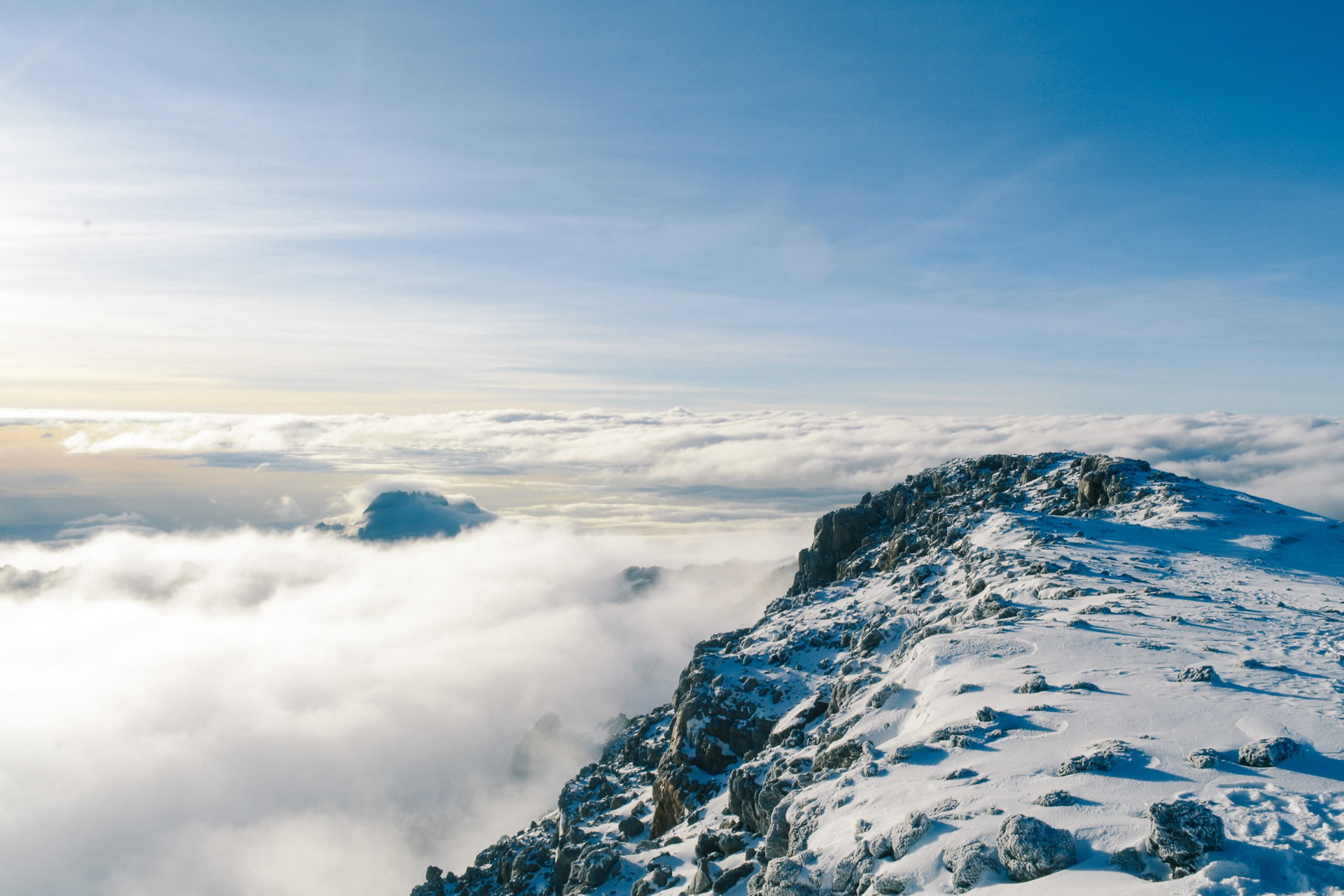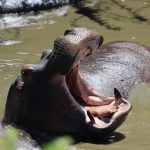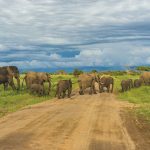Facts About Kilimanjaro
Facts About Kilimanjaro
Mount Kilimanjaro is crowned in glacier. The mountain dictates its own weather patterns and water flows. It provides home to thousands of species of flora and fauna and contributes to the livelihood of tens of thousands. The very contours of Mount Kilimanjaro set into motion a flurry of folklore, stories, and interesting factoids. As you prepare for your own life-altering ascent, first check out these 10 interesting nuggets about Kilimanjaro. That way, when you travel to Tanzania, you can impress your friends with your extensive knowledge:
- Kilimanjaro’s Peak is Actually Named Freedom
The mountain’s highest point is Uhuru Peak, Swahili for freedom. It remains unclear where the name “Kilimanjaro” actually comes from. Conflicting evidence suggests that the Chagga people living upon its slopes never actually used this word, though in Swahili, Kilimanjaro breaks up into Kilima (hill/little mountain) and Njaro (white/shining). So, Shining Mountain. Seems accurate! (Source & Source)
- The Highest Freestanding Mountain in the World
Towering at 5,895 meters (19,341 feet), Kilimanjaro is known for not only being the highest point in Africa, but also the highest “freestanding” mountain in the world. This means that the mountain is not part of any contiguous range. How cool is that?
- Not 1 But 3 Volcano Cones
Because of its designation as the world’s tallest freestanding mountain, Kilimanjaro is technically a combination of three giants, dormant stratovolcanoes. The other two are named Kibo and Shira. Worry not—these triplets have been sleeping for a long time.
- Last Eruption? 360,000 years ago
There has been no volcanic eruption on Kilimanjaro for over 360,000 years, so there is no danger of eruption. The only active volcano in Tanzania is Ol Doinyo Lengai, “Mountain of God,” south of Lake Natron. This mountain is highly active and erupted within the past decade.
- Africa’s Tallest Indigenous Tree lives on Kilimanjaro
At 81 meters (265 feet), the entandrophragma excelsum was recently discovered on Kili’s slopes. It’s the sixth tallest tree on Earth and is 500-600 years old. This exceptional growth is due to Kilimanjaro’s incredible, nutrient-rich volcanic soil and precipitation
- Coffee Surrounds Kilimanjaro
Something else that flourishes around the lower slopes of the mountain is one of our beloved treats: coffee. Tanzanian coffee is considered by many to be the world’s best, and most of the beans are grown in the volcanic soils and higher elevations of Kilimanjaro’s foothills. Before your trek you will drive past endless fields of these coffee plantations, a significant part of the Tanzanian economy. Be sure and grab a bag!
- Youngest Ascent? Age 7. Oldest Ascent? Age 88
Technically there is a minimum age of ten to climb Kilimanjaro, but some people bend the rules. Keats Boys summited Uhuru at age 7, while Dr. Fred Distelhorst holds the record for the oldest successful climber at 88 years old.
- Someone ran up and down Kilimanjaro in less than 7 hours
It’s hard to believe, but Swiss-Ecuadorian athlete Karl Egloff went up and down the mountain in a staggering 6 hours and 42 minutes. This, to many, is an unfathomable feat of human endurance. We recommend not 6 hours but (at least) 6 days for the trek!
- Its glaciers are 10,000 years old, and they could be gone by 2030
One of the most fascinating aspects of scaling to the top of Kilimanjaro is finding glaciers clinging to the edges of the peak. Unfortunately, a combination of warming climates and diminished snowfall at Kilimanjaro’s summit may cause these critical frozen reservoirs to vanish in the coming decades. Better get there soon.
- Five Unique Ecosystems on the Mountain
When you ascend to Kilimanjaro’s highest point, you are committing not only a challenging and rewarding summit, but also to journey through nearly every ecosystem: cultivated land, rainforest, heather, moorlands, alpine desert, arctic summit. It’s a crash course lesson in geography, one that you’ll never forget!



